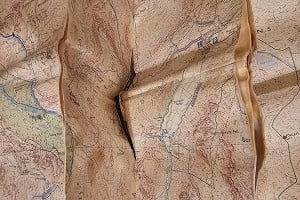
Of the thousands of climate activists who have flocked to COP26 in Glasgow to make their voices heard, several groups came on foot, from mainland Europe and all corners of the UK. What makes the simple act of walking, in some cases for months, an effective means of protest and awareness-raising, and what did they hope to achieve through this modern sort of pilgrimage connecting communities, people and the land through which they slowly travelled? Representatives from two groups of walking activists tell us more.
They could have saved a lot of time by taking the train, but speed and convenience would have been entirely beside the point.
"We travelled to COP26 to fight for the planet" explains Helen Locke, a London-based Mountain Leader who guided Camino to COP26, a 500-mile group walk from two points in the south of England, London and Bristol, to Glasgow. "Campaigning for real action on the climate could be the most important thing we'll do in our lifetimes. Walking all the way demonstrated that commitment."
For the 'Caministas', around 15 of whom made the full eight-week journey, travelling slowly on foot was also intended to be an act of connection.
"We were connecting with those we walked with" says Locke, "and the communities through which we passed; but we were also very consciously connecting ourselves to the Earth. Travelling at speed feels wrong, somehow. We wanted to slow right down, feel the earth under our feet, smell the air, and see the journey every step of the way; really experience the world we're fighting for!"
"Walking gives you time and space to reflect and to process" agrees Ruth Walters, 20, a Theology student at Edinburgh University.
"By walking, we connect ourselves to the earth and remind ourselves of its beauty. We remember that this creation is not our own, but a gift to look after and tend to."
A member of the Young Christian Climate Network (YCCN), an 'action-focused' community of 18-30-year-olds united by faith and the pursuit of climate justice, she helped organise a mass relay walk from Cornwall to Glasgow between 14th June and 30th October, linking Carbis Bay, which hosted this year's G7, with COP26 in Scotland's largest city.
Averaging 10 miles a day, the relay involved around 2500 walkers, a massive collective effort that brought people together from across the country.
"Walking together has reminded me that I am not alone: I am not alone in feeling climate grief; I am not alone in standing up for climate justice; I am not alone in this journey of faith" explains Ruth Walters.
Faith
Members of both YCCN and Camino drew parallels between their journeys and the idea of religious pilgrimage (indeed, the latter was named after the famous Spanish pilgrimage route).
"We organised this Relay to COP26 to show we care about climate justice and creation care" Ruth Walters says.
"Pilgrimage has been a tradition in the Christian community for thousands of years. We wanted to do something that connects us with one of the oldest traditions in Christianity, whilst bringing it into a 21st Century context.
"We want to see systematic change on a global and a local scale. We hoped that by running this relay, we could raise awareness of COP26 and our imperative as Christians to engage in creation care theology, individually and corporately.
Walking is gentle, engaging, nonthreatening. Who doesn't love going for a walk?
As a Christian network, the young people of YCCN believe that the climate crisis is both a reflection, and a cause, of deep injustice in the world.
"This crisis arises from our abuse of God's creation" says Ruth Walters, "and our broken relationship with our neighbours worldwide who suffer most from its consequences. We are convinced of the Biblical mandate to care for creation, and lament its exploitation. We believe in God's imperative call for justice on the earth.
"We believe that loving God means loving our global neighbour, and the climate crisis has become a main source of suffering in this world. We wanted to stand alongside our sisters and brothers around the world who are disproportionately affected by the climate crisis, and to use our positions of privilege as citizens of the UK to amplify their voices in places where they would not usually be heard."
The Camino to COP26 walk was initiated by Extinction Rebellion's Faith Bridge, and though many who would describe themselves as spiritual but not religious, took part too, Helen Locke is sure it would not have happened without the religious element of the journey, which allowed the walkers to tap into a wellspring of goodwill among local religious groups, and make use of a network of churches, church halls and quaker meeting houses to stay in every night.
"I began route planning by drawing the shortest line to Glasgow" she explains, "but we wanted to visit some larger towns and cities, so Milton Keynes, Coventry, Birmingham (where the London and Bristol branches of the walk joined), Manchester and Carlisle were added. We then adjusted the line to connect each night's accommodation, 50 nights' worth of it, which was organised for us through local churches. Hosts in each place gave us incredibly generous support, cooking meals, doing laundry loads, and offering us the occasional shower."
We really wanted our pilgrimage to be a relay, in order to convey the idea that our own small contribution to an issue of this scale can still make a difference.
As a deliberate policy the Camino's pace was slow and the daily distances usually modest, allowing the group time for community outreach every night, an opportunity to reach thousands of people in towns and villages along the route. Through giving talks and sharing stories, they were able to explain their purpose in walking, and the urgency of action.
"We met and conversed with all sorts of faith communities along the way" says Helen Locke.
"We were a diverse bunch too, representing a wide range of religious faiths, and none. All genders were present on the walk, and those who did the whole route ranged in age from 18 to 74."
Since two months would have been too big a time commitment for many, people came and went throughout Camino to COP. One vicar joined the walk for a few days per week, in between weekly parish duties.
"We were set up to allow participants to join in at will" says Helen Locke. "We posted daily maps to make it easy for people to meet us en route, and we were keen to include anyone who wanted to take part, be that half a mile, a day, or the entire distance. While just 15 of us walked the whole way, we were never less than around 20 people at one time, and occasionally numbered more than 100. Overall about 1000 walkers took part at some stage."
Friendship
The young people involved in the YCCN relay found themselves growing stronger together as a community.
"Walking together fostered so many conversations, not just about the climate crisis, but about faith and life more broadly" says Ruth Walters.
"I'm sure I speak for the majority in saying that many friendships were made, and I am planning on joining some of my fellow walkers on another pilgrimage next year."
Likewise, few people on the Camino knew each other beforehand, but again a powerful community spirit quickly developed. This was an intentional demonstration of collective action and mutual support, says Helen Locke, and of the fact that only together will we meet the demands of the climate crisis.
"Yesterday I walked across Glasgow and realised it was the first time I'd been alone, except for having the occasional shower, in two months. You get to know people very well when you're together so intensively. The people I've travelled with these past eight weeks are an incredible bunch, and on this walk we've built an extraordinary community."
Navigation as a life skill
As a Mountain Leader, the countryside is a natural fit for her, and she describes the walk to Glasgow as a 'dream come true'. But few of the participants were experienced walkers at the outset.
"My colleague Melanie Nazareth originally conceived the idea of the Camino" she recalls "but she'd never walked that sort of distance. She wasn't sure if it would even be possible. I jumped at the chance!"
"But only four of us were confident with navigation" she says, "so we spent time sharing this skill en route, especially with younger members. Navigation in both a physical and an ideological or spiritual sense is an essential part of life; it's about finding your way, in the broadest sense of the term. It was a privilege to share that with others."
While an electric support vehicle met the Caministas every night, the walkers carried their own backpacking gear, including clothing, sleeping bags and mats. Packing for a 500 mile walk was a new discipline for many.
"Being a hillwalker, I'm very used to travelling light" laughs Helen Locke, "but I had to encourage others to get rid of unnecessary weight. Shed, shed, shed! I guess our average pack weight would have been about 10kg."
"We had to walk to a schedule, because every night's accommodation was pre-booked, so there was no scope for delay. But rest and recovery were essential too, and we kept close tabs on everyone's wellbeing throughout the journey."
The route of the Camino could have been chosen with scenery in mind, but unlike most backpacking holidays its purpose was not solely enjoyment. Helen Locke was keen not to skirt around the less picturesque places.
"Whether you're passing a prison, a sewage farm or a pork pie factory, this is our land. This is how it is, and we were attempting to pass through with open eyes and open hearts."
Though they often travelled through comparatively dull suburban or agricultural settings, lowland walking was not without its challenges, they found.
"Mountains don't change much" explains Helen Locke, "what you see on the map is usually what you'll find on the ground. But towns and farmland change all the time. Crops are planted, paths re-routed, field boundaries ripped out and woodland felled and OS maps can't keep pace with new building developments. Every day we'd find ourselves on footpaths that were different to the lines on the map. Once we came across three consecutive fields planted with maize, completely blocking the right of way.
"In the Scottish borders we were escorted by a security guard off the site of an unexpected windfarm that had appeared since our OS map was made. Forty walkers waving XR banners; I suppose he was worried we might cause trouble, but we explained our purpose, and in the end he was quite friendly. We love wind farms after all!"
Logistics
Whether the all-in-one approach of the Camino or the relay tactic used by YCCN, the logistics of moving so many walkers from A to B via points C, D and E, and accommodating them all, posed formidable challenges.
"We started planning in January by plotting our route across the country; our timeframe was already set as we wanted to walk from the G7 to COP26, so our route was a bit wiggly!" says Ruth Walters.
"We began by finding 20 Route Section Team Leaders (RSTL) to cover smaller sections of the route respectively and Detailed Route Planners to plan each section in more detail. Each RSTL organised accommodation, finding at least three walkers for each day, and managed our Detailed Route Planners. We aimed to provide accommodation for at least two and up to six lead walkers each day (which we did achieve), but it was the participants' own responsibility to get to and from the start and end points.
"We also have a central YCCN organising team who provided support for the volunteers and covered gaps where we didn't have enough volunteers. Our Relay Co-Lead, Josh Evans, headed up the Route Logistics, with support from the rest of the core team and the volunteers."
Just as for the Caministas, participants on the YCCN relay received essential help from churches and local communities on their route.
"Over 108 walking days, we didn't have to pay for any nights of accommodation as they were all provided by local churches - from a space in a church hall to paying for us to stay in a BnB for a night" says Ruth Walters.
"We wanted to emphasise that although we may be leading the relay, it wasn't solely 'ours' - it was an offering to UK churches to join and own this journey, and they definitely did. We were absolutely blown away by all the support: I've eaten more cake on the Relay than I ever have in my life!"
"We really wanted our pilgrimage to be a relay, in order to convey the idea that our own small contribution to an issue on this scale can make a difference. It's not about the actions of a select few, but the everyday, mundane, small contributions of the whole. We also wanted to emphasise the importance of a journey; I saw our Relay as a means to an end, a way to gather communities across the UK and engage them in acts of climate justice, in the same way that COP26 is not an end in itself but a way to bring climate justice over time" says Ruth Walters.
"We also recognised that not many people can take four months annual leave, but walking just one day is a lot easier!"
"Our daily average was 10 miles, but it varied from six miles to 20 miles over the whole relay. I personally walked three different sections: three days between Oxford-Birmingham, three days north from Birmingham, and three days between Edinburgh and Glasgow.
"Most days we had our overnight bags transported by our on-call support drivers, and so most of us just carried day packs. However, on the later stretches, we couldn't always have bag transport and so we carried them. They were heavy but manageable. Carrying snacks definitely helped to boost morale.
"There have been many blisters! Our penultimate walking day, Motherwell-Uddingston in the Central Belt of Scotland was one of the worst rainy days. Within 15 minutes we were already drenched, and by the end of the day we were all entirely soaked through. Luckily, I have excellent walking boots and managed to keep my feet nice and dry, but others in the group were less fortunate.
"There were so many times in the organising where we thought we wouldn't make it to Glasgow, but we trusted that if it was the right thing to do, then God would provide - and he did."
As COP26 got underway, several pilgrimages from the UK and EU converged on Glasgow for a collective march. Members of Camino to COP found themselves carrying the banner at the front of the procession.
"There was stunning weather, with a rainbow" says Helen Locke. "It was a very special moment, and not one I'll ever forget."
We hope that COP26 will result in fair climate finance provided by the world's richest countries for those most affected by the climate crisis, particularly in providing the promised $100bn/year in finance to help climate-vulnerable countries adapt to and mitigate the effects of the climate crisis
The media
Used as a vehicle for publicising the climate cause, walking clearly works. As an obvious example, this article would not have been written if all the COP26 activists had got to Glasgow by public transport. Coverage in the mainstream media has included newspapers, and filming for BBC News, Channel 4 and Sky.
"In 2015, over 30 people walked 200km from London on the Pilgrimage 2 Paris" recalls Ruth Walters.
"This had an incredible impact, gained large amounts of press coverage and an audience with the President of the Paris COP. She has since spoken publicly about the impact that this had on her and the talks. Through the YCCN we wanted to continue to build on this tradition, whilst putting our own spin on it."
Engagement
"We wanted this slow journey to create a rallying point for the church around which it will raise its voice in support of ambitious change, both at COP26 and beyond" says Ruth Walters.
But the YCCN relay wasn't about preaching to the converted.
"We also wanted to have an impact and a reach beyond those already engaged in climate justice by giving people a tangible way of connecting with it. By coming directly into people's local area and engaging with churches on a much smaller scale, it allowed people to join in with something with a low barrier to engagement" she says.
Similarly, one of the main aims of the Camino was to reach out to people not necessarily already motivated to act on the climate crisis, and engage with groups and individuals who might hitherto have had little time for the controversial campaigns they associated as Extinction Rebellion.
"All sorts of people have been brought to XR via the Camino" believes Helen Locke.
"They have not been radicalised! Indeed they might never have dreamed of getting involved in more radical actions. This walk was their entry. Walking is gentle, engaging, nonthreatening. Who doesn't love going for a walk?
"Extinction Rebellion isn't just about blocking roads and getting arrested, though those things are happening and should happen. You might not know it if you believed Britain's awful sensationalist media, but it's equally about all sorts of lovely uncontroversial things, like litter picks, local re-wilding initiatives, community events. We've all got to get involved, at whatever level we can. We need to use the tools we have. This walk was one way to reach people and get the message out."
"I saw young people taking risks and making every effort to address the climate issue" says Helen Locke "and I was not prepared for my children to see me sit back. They will be facing the challenges of climate change for their whole lifetimes."
When met with the scale of the climate emergency, and the inertia in our economic and political systems, it would be easy to give up, to assume that the battle is already lost. Ultimately, the purpose of Cop26's modern day pilgrims was to help keep positivity and a sense of agency alive.
"So many people are despairing and disempowered" says Helen Locke. "We all have moments of doubt."
"This journey was a lot about people crossing over together into a place of hope. We choose to have hope. It's what we all have to do."
- REVIEW: Trekmates Ankle Gaiters 23 Apr
- INTERVIEW: Exmoor Coast Traverse - England's Best Kept Mountaineering Secret 10 Apr
- REVIEW: Rab Muon 50L Pack 9 Apr
- REVIEW: Boreal Saurus 2.0 22 Mar
- REVIEW: The Cairngorms & North-East Scotland 1 Mar
- REVIEW: Mountain Equipment Switch Pro Hooded Jacket and Switch Trousers 19 Feb
- Classic Winter - East Ridge of Beinn a' Chaorainn 12 Feb
- REVIEW: Salewa Ortles Ascent Mid GTX Boots 18 Jan
- REVIEW: Patagonia Super Free Alpine Jacket 7 Jan
- REVIEW: Deuter Fox - A Proper Trekking Pack For Kids 27 Dec, 2023





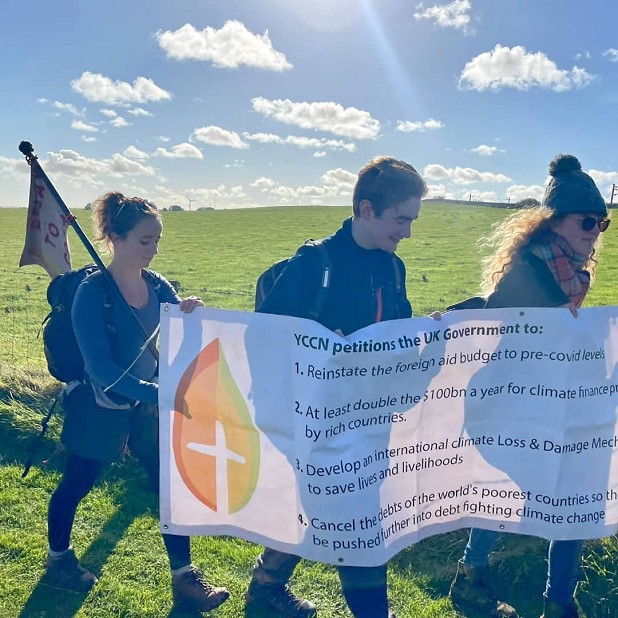
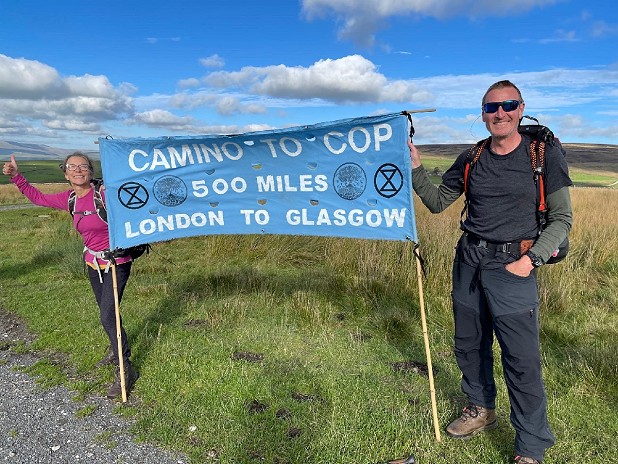
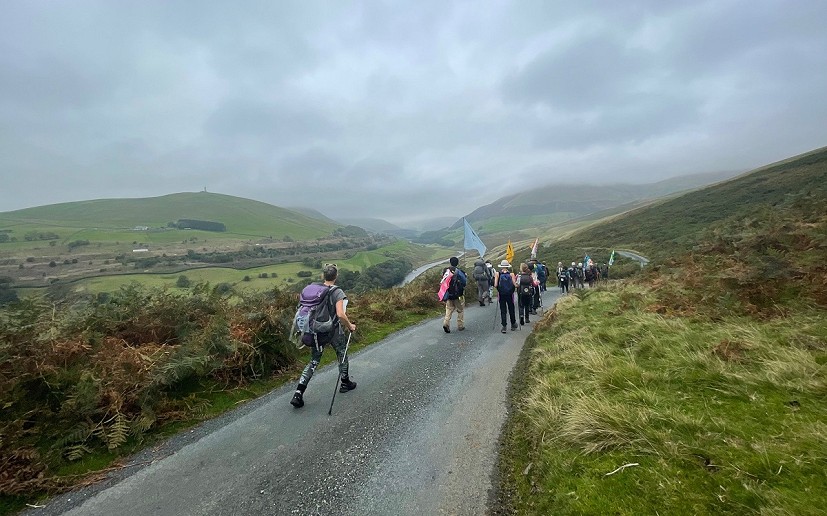
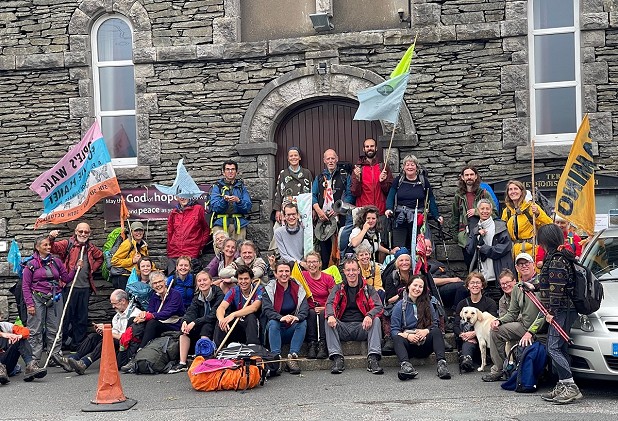

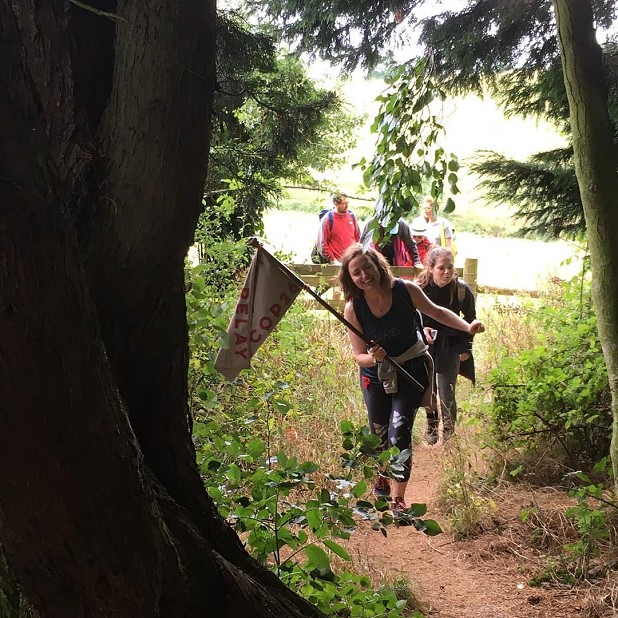
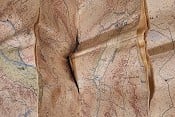




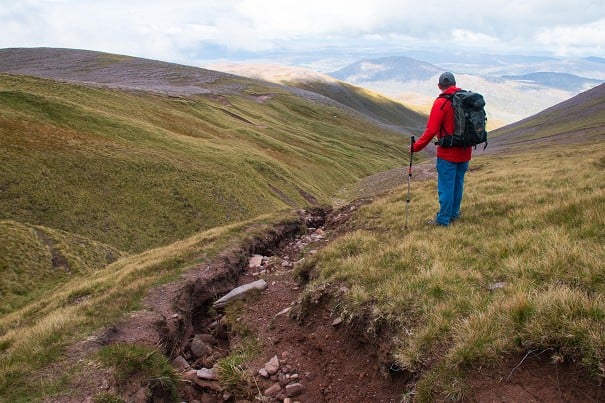
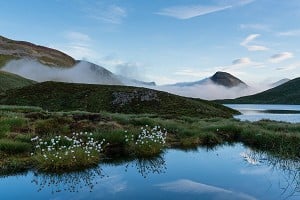
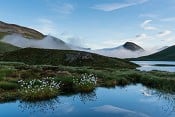


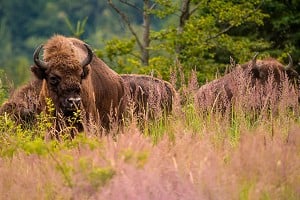



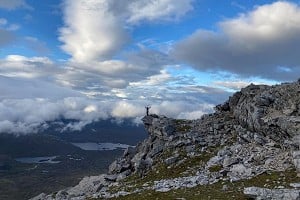
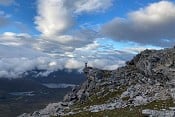
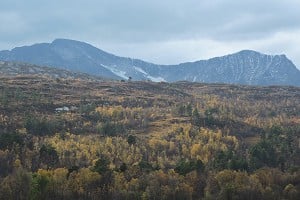

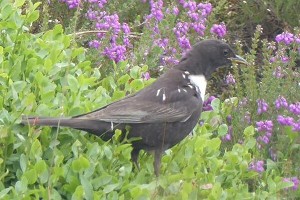
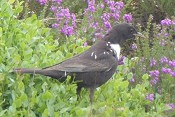
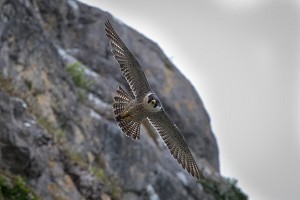


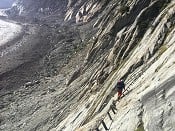


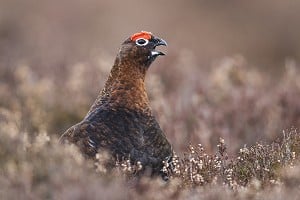

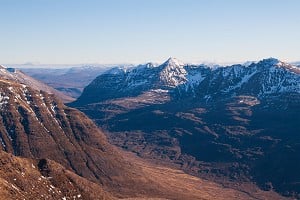
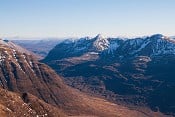
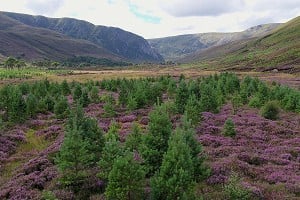

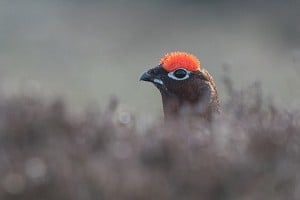
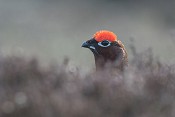


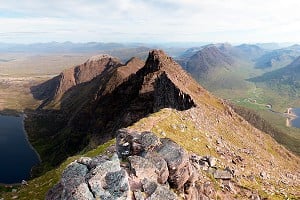

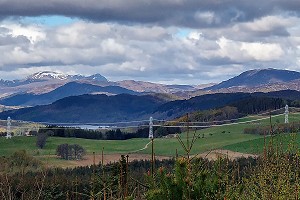
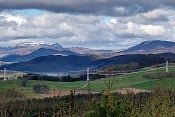

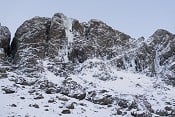
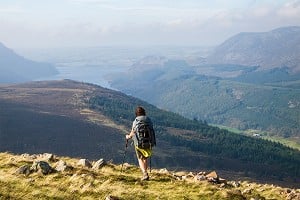

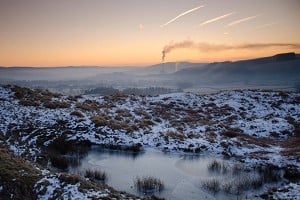
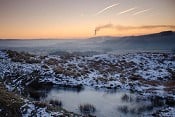
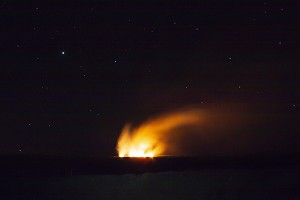
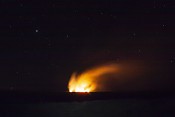
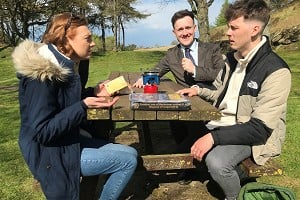


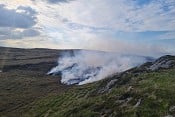
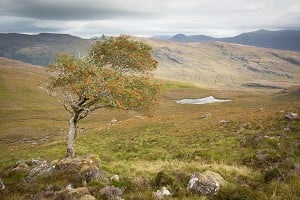
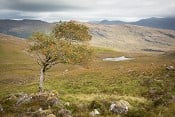

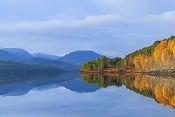
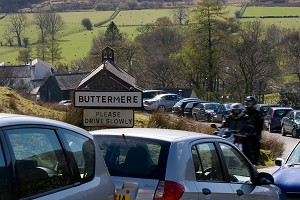
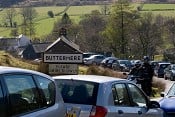
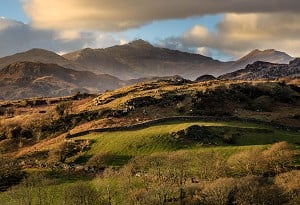
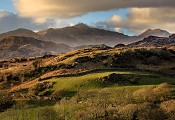
Comments